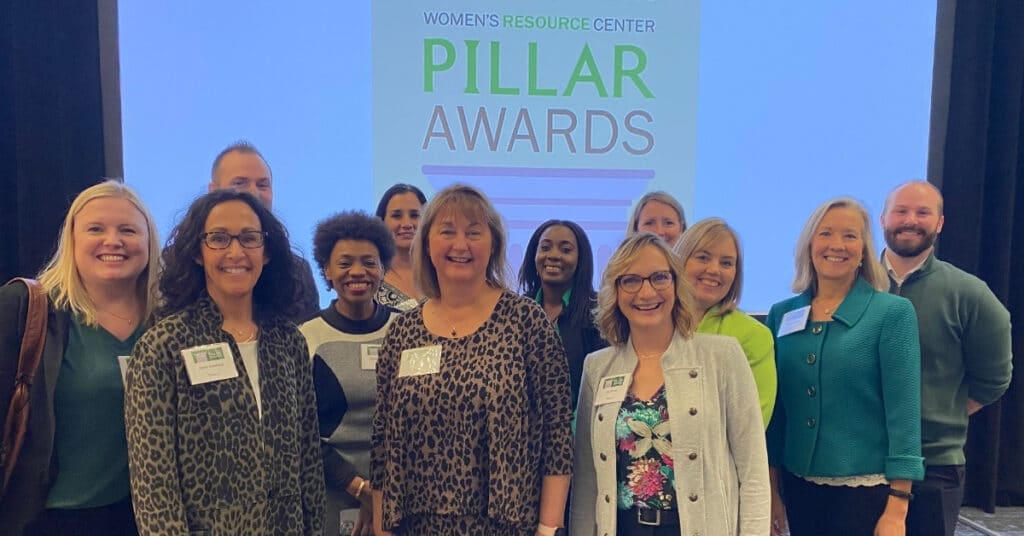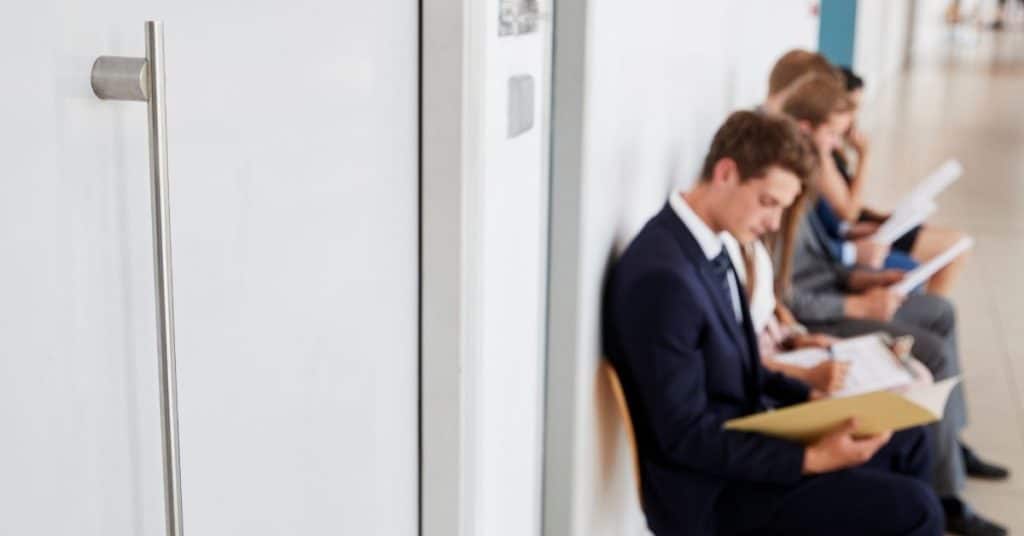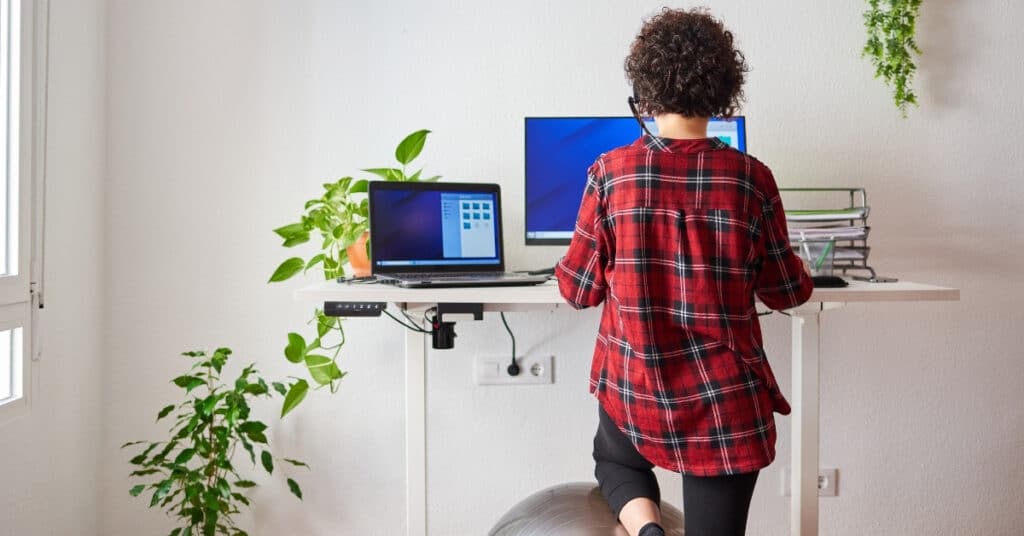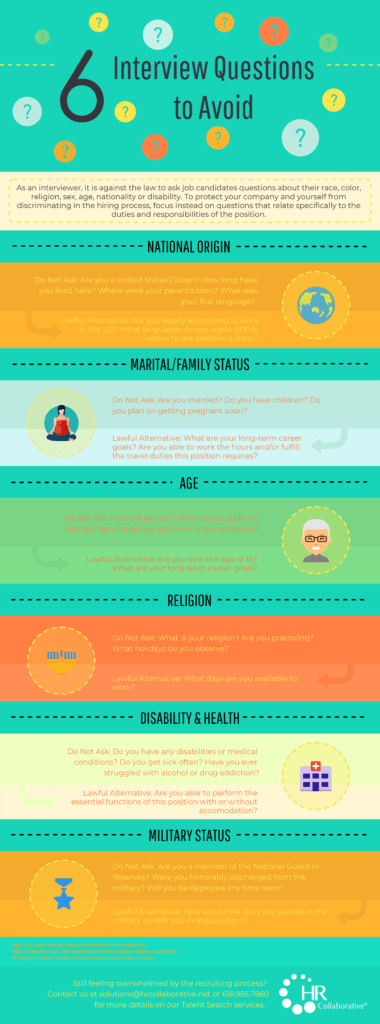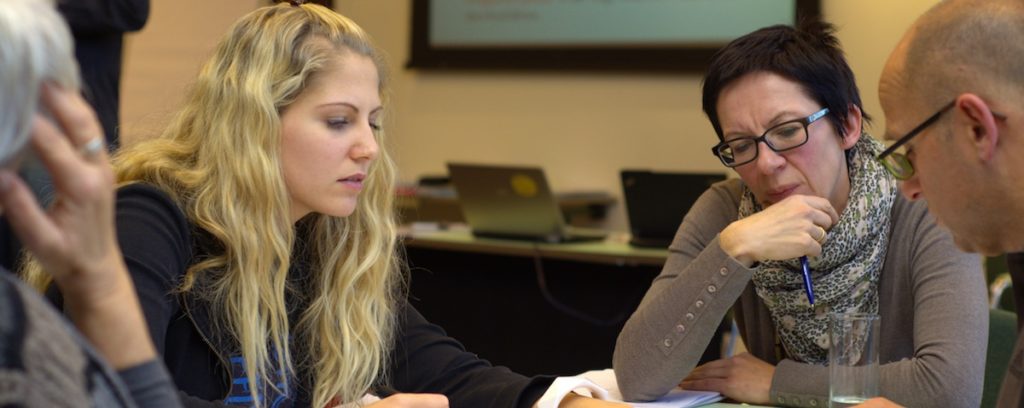Integrating Asynchronous Video Interviews Into Your Recruitment Tech Stack

In previous posts, we’ve looked at Digital Transformation and why HR should lead it. In this post, we’re looking at a recent addition we’ve made to our recruiting tech stack — asynchronous (or one-way) video interviews.
Watch This Post’s Topic
Why We’ve Added Asynchronous Video Interviews To Our Toolkit
At HR Collaborative, we take a high-tech, high-touch approach to all of our solutions. We leverage technology to streamline processes, so we have the time to personally connect with candidates and employers.
In support of that goal, we recently added asynchronous video interviews into our recruiting toolkit. When used for the right roles at the right time in the hiring process, it improves the experience for both candidates and the hiring team.
The Benefits of Asynchronous Video Interviews for Candidates
For candidates, this tool offers flexibility, decreases time spent waiting on a decision, and allows them to make a more memorable first impression.
Many candidates are currently employed, so finding a time to schedule an interview can be difficult. Often, candidates have to sneak away from the office to squeeze in a call or in-person meeting. With asynchronous video interviews, candidates can respond to our questions on their schedule. Before work, in the evening, during the weekends — whenever works best for them.
Also, since multiple candidates can interview simultaneously, asynchronous video interviews significantly compress the timeline for the first round of interviews. The sooner candidates know whether they made it to the next round or not, the sooner they can prepare for the next step in their job hunt.
Finally, this tool allows candidates to put their best foot forward sooner. Text responses can only convey so much about a person. Using video earlier in the process provides candidates a better way to showcase who they are.
A bonus benefit for candidates is that asynchronous video interviews cut down on their application time. Supplemental written answers are time-consuming, and frustrating for job hunters applying at multiple companies. Video responses require much less of a candidate’s time, reducing the hurdles they have to jump through to apply.
The Benefits of Asynchronous Video Interviews for the Hiring Team
For hiring teams, asynchronous video interviews can provide a clearer picture of the candidate pool and improve the quality of their assessments.
Video is more helpful than text when trying to understanding a candidate’s personality and how they conduct themselves. But hiring teams typically only learn this information late in the hiring process. Asynchronous video interviews allow hiring teams to assess fit sooner rather than later, saving both the team and the candidate’s time.
Asynchronous video interviews also allow batch reviewing of potential candidates, which has multiple benefits.
Being able to batch review interviews improves the effectiveness of a hiring team. Typically, the team has to squeeze in the rest of their work in-between interviews, which reduces their overall productivity and increases their stress. Setting aside time to review interviews helps the hiring team focus on each candidate’s responses and better utilize the rest of their day.
Batch reviewing also evens the playing field for candidates. Instead of trying to remember interviews from earlier in the day (or week!), hiring teams can review multiple candidates in a short timespan and replay answers. This control minimizes the effects of recency bias and fatigue on hiring decisions.
Finally, asynchronous video interviews provide staff involved later in the hiring process the same information as recruiters or hiring managers. Instead of having to rely on secondhand notes, staff can experience candidates first hand before meeting them.
Together these benefits give the hiring team a chance to better assess candidates — a win for everyone.
How Have We Integrated Asynchronous Video Interviews?
Like any tool, asynchronous video interviews are most effective when used in the right situations and when a part of a process that includes personal touchpoints with candidates.
When deciding if it makes sense to use asynchronous video interviews, we first ask:
- How many potential candidates will there be? This tool is most valuable when there is a large number of candidates. If the number is small, it’s more valuable to hold two-way interviews during the first round.
- How often is this position hired? If an organization is regularly hiring a position, asynchronous video allows for a standardized first-round interview process that can be used over and over again. It also allows you to go back and review past candidates.
- How many people need to review and approve candidates before onsite interviews? If several people or an entire hiring committee need to approve candidates before onsite interviews, asynchronous video reduces the number of interviews a candidate has to go through before the next round.
While asynchronous video interviews offer time-savings for candidates and hiring teams alike, it’s important that they don’t replace personally connecting with potential candidates.
When using this tool, we ensure that we are in regular communication with candidates. We let them know ahead of time that it will be part of the hiring process. And we personally follow-up with them afterward to check-in, provide feedback, and update them on the status of their application.
Wrapping Up
For us here at HR Collaborative, asynchronous video interviews have streamlined the hiring process for specific roles. But as with any new technology we deploy, we continue to review its impact to ensure it’s creating a positive experience for everyone.
Now’s your turn. What are you adding to your tech stacks to make a better candidate experience?
Share This Article
































